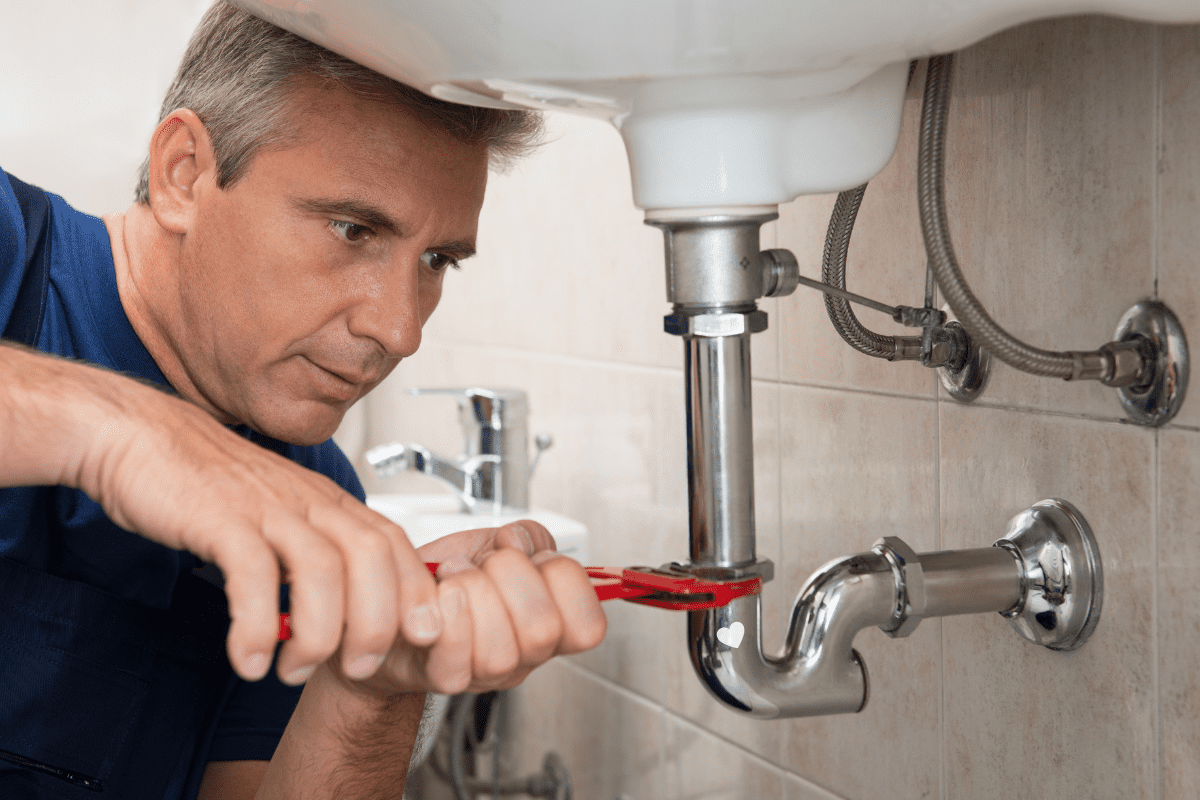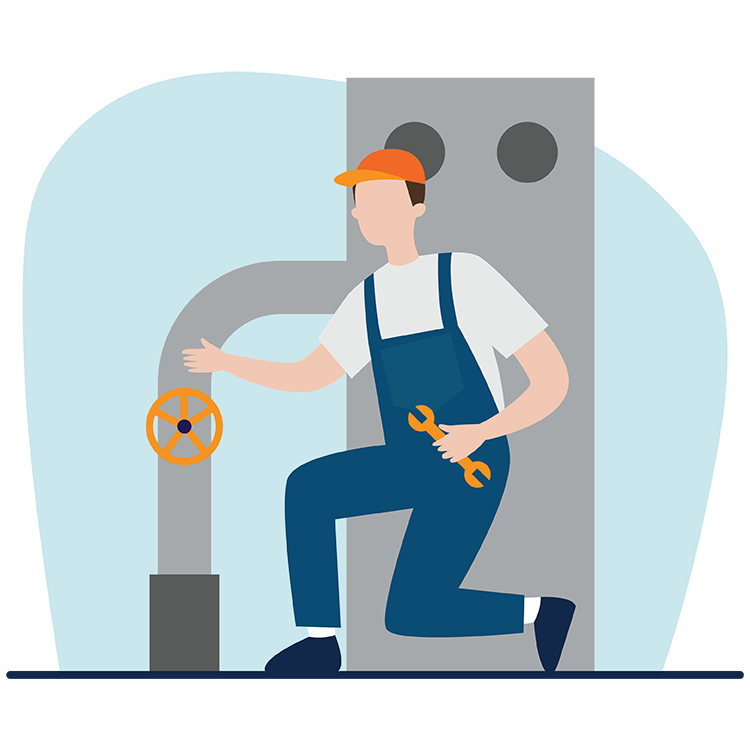Top Quality Water Heater Installation Alabaster AL for Ideal Comfort
Top Quality Water Heater Installation Alabaster AL for Ideal Comfort
Blog Article
A Step-by-Step Overview to Reliable Hot Water Heater Installment for Ideal Performance
Starting the job of mounting a water heating unit is a venture that demands precision and an organized method for achieving optimum performance. The procedure starts with the crucial decision of picking the appropriate heating unit customized to the details requirements of your home, taking into consideration factors such as energy, kind, and dimension resource. Once selected, preparing the installation location to meet safety standards is paramount. The trip does not end below. As you continue, the details of connecting supply of water lines and establishing up reliable electric or gas links wait for, appealing insights into guaranteeing efficiency and integrity.
Choosing the Right Water Heating Unit

Next, take into consideration the dimension and ability of the water heater. It's vital to assess your house's warm water demands, which can differ based on the number of residents and their usage patterns. A system that's as well tiny may cause not enough warm water, while a large version may lead to unneeded energy usage.
Performance rankings additionally play an essential role in choice. Search for water heaters with high Power Factor (EF) rankings, suggesting superior performance and reduced power use. Tankless models, though commonly more costly upfront, deal significant power financial savings over time as a result of their on-demand heating capabilities.
Preparing the Setup Location
Before mounting a new water heater, precise preparation of the setup location is vital. This makes certain a smooth installation process and assists prevent future problems (Plumber Alabaster AL). Begin by choosing a suitable location that adheres to local building ordinance and safety requirements. The location needs to be dry, well-ventilated, and obtainable for maintenance. It's vital to measure the space meticulously to accommodate the hot water heater's dimensions, making certain appropriate clearance around the system for reliable procedure and maintenance.
Following, remove any debris, dirt, or blockages from the site to develop a tidy setting. Inspect the flooring for security, as the water heating system will certainly need a strong, level surface to operate properly. If needed, set up a drip pan beneath the device to capture potential leakages or spills, protecting against water damage to the surrounding location. In regions vulnerable to seismic activity, take into consideration installing seismic bands to secure the heater securely in position.
Additionally, make sure that all necessary devices and products are on hand prior to starting the installment. This consists of things such as wrenches, screwdrivers, a level, and any extra hardware required for installing and securing the heating unit. A well-prepared installment location sets the structure for a successful hot water heater configuration, enhancing performance and safety and security.
Connecting Water Supply Lines
When connecting supply of water lines to your freshly set up water heating system, it is vital to make certain that all links are leak-free and safe and secure to keep effective operation and avoid water damages. Begin by determining the hot and cool water system lines. The cool water inlet is normally noted with a blue tag or a "C", while the hot water electrical outlet is marked with a red tag or an "H".
Use adaptable water heater adapters to promote a simpler installment procedure. Prior to connecting the ports, position a plumbing's tape around the threaded ends of the water heating unit's inlet and electrical outlet pipes.
As soon as connections are in area, slowly activate the major water supply shutoff. Check each other link for leaks by visually checking and really feeling for dampness. Tighten up connections as essential, and make sure the pressure relief valve is appropriately installed, guarding versus excessive pressure accumulation.
Establishing Electrical or Gas Links
Correctly establishing the electric or gas connections for your hot water heater is a crucial action to make certain secure and reliable operation. For electric hot water heater, begin by confirming that the electric circuit works with the heater's voltage and amperage needs. Make certain the power supply is turned off at the circuit breaker to avoid accidents. Connect the electrical cables to the heating system complying with the supplier's wiring diagram. Generally, this entails connecting the ground cable to the green terminal, and the staying cords to their matching terminals, securing each with wire nuts.
For gas water heating systems, safety and security is critical. Attach the gas line to the water heater using a flexible gas port, guaranteeing it is correctly threaded and secured with pipe joint substance or Teflon tape suitable for gas links.
When connections are made, examine for any potential leaks. For gas lines, apply a soapy water remedy to the joints; bubbles suggest a leak. For electrical connections, verify that all circuitry is protected and appropriately protected, preserving conformity with regional electric codes.
Readjusting and checking for Effectiveness
With the electrical and gas connections firmly in place, the following action is evaluating the operational efficiency of your water heater. Begin by carefully transforming on the supply of Recommended Site water and making sure there are no leaks at any one of the shutoffs or joints. Once validated, continue to fill the tank, paying attention to the pressure and temperature level settings. It is a good idea to set the thermostat to an advised temperature level of around 120 ° F(49 ° C) to stabilize power performance and comfort.
Following, do a complete examination to make sure the home heating elements or gas burners are working properly. For electrical heaters, utilize a multimeter to validate if the elements are drawing the appropriate existing. In gas designs, observe the burner fire; it should be blue and steady, suggesting effective burning.
Change the setups as required to remove inadequacies. Take into consideration applying insulation steps, such as adding a water heater covering, to even more enhance performance by minimizing warmth loss. Furthermore, check the anode pole's condition, as a scrubby rod can decrease effectiveness and cause container rust.
Final Thought
Effective hot water heater installment is critical for ensuring optimum efficiency and energy savings. By picking the proper type and size, and thoroughly preparing the installation area, a structure for success is developed. Securely linking water system lines and meticulously establishing up electrical or gas connections minimize potential problems. Complete testing for leaks and exact thermostat changes to 120 ° F improve reliability and performance. Following these actions promotes long-term capability and try this power preservation in property water heating systems.

Effectively establishing up the electrical or gas links for your water heating system is a critical action to make sure efficient and secure procedure. For electric water heating units, begin by verifying that the electrical circuit is suitable with the heating system's voltage and amperage requirements. Connect the gas line to the water heating unit making use of an adaptable gas connector, guaranteeing it is appropriately threaded and secured with pipe joint substance or Teflon tape ideal for gas connections.
Report this page